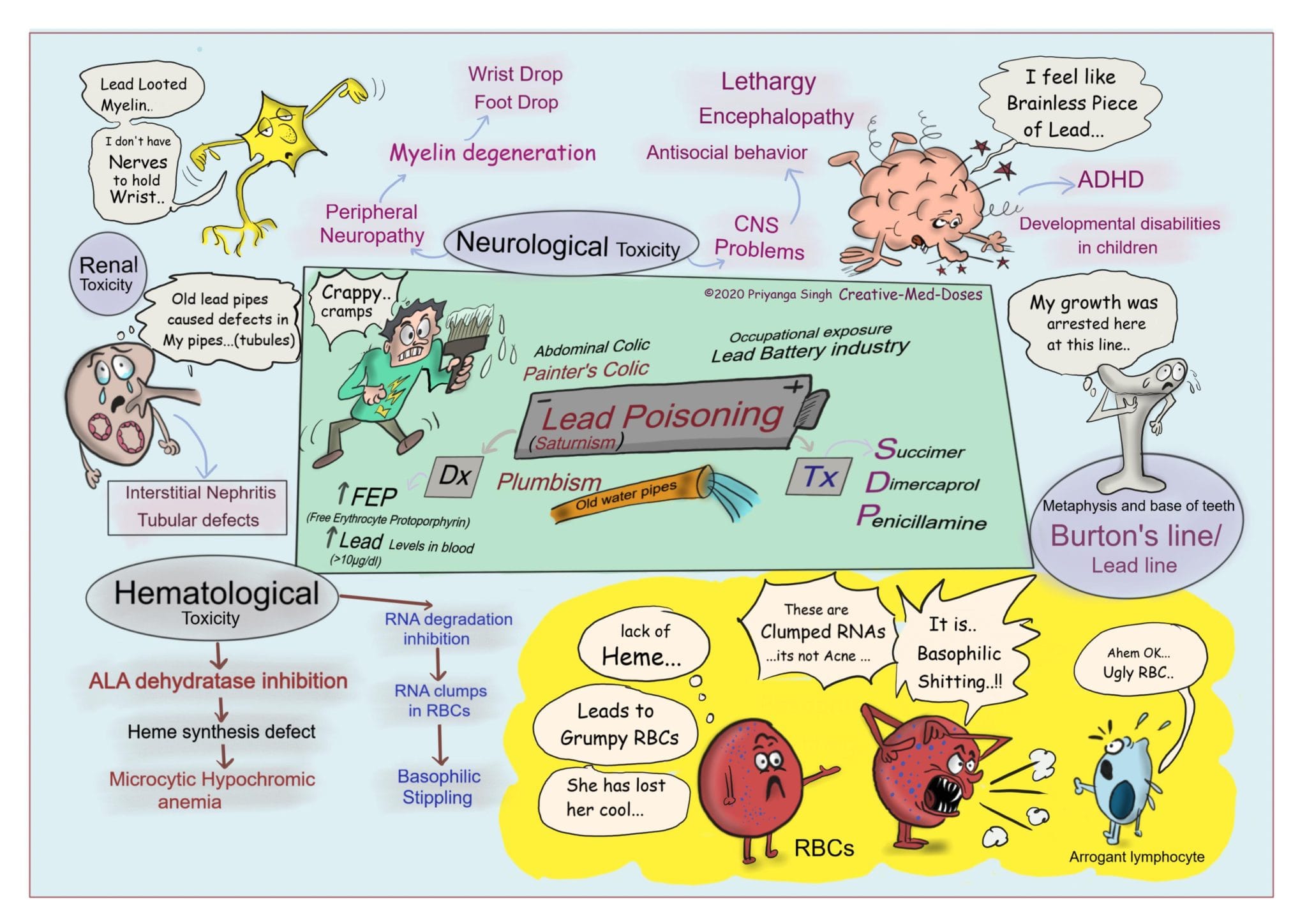In recent years, growing attention has been directed towards the mental health of Generation X, often overshadowed by the discussions surrounding Millennials and Gen Z. However, a troubling factor that has emerged in understanding the mental health challenges faced by this cohort is the historical exposure to lead, particularly during their formative years.
Lead, a toxic metal, was widely used in various products, including paint, gasoline, and plumbing, until its dangers became more widely recognized in the late 20th century. Generation X, born between 1965 and 1980, grew up during a time when lead exposure was prevalent, often without the awareness of its long-term health implications.
Research has increasingly shown that lead exposure can have severe consequences on cognitive development and mental health. A study published in the journal *Environmental Health Perspectives* highlights that individuals exposed to lead, especially during childhood, are at a heightened risk for developing anxiety, depression, and other mood disorders later in life. This is particularly concerning for Gen X, as many members of this generation experienced significant lead exposure through deteriorating paint in homes, leaded gasoline emissions, and contaminated water sources.
A 2021 report from the *Centers for Disease Control and Prevention (CDC)* indicates that children who had elevated blood lead levels are more likely to experience behavioral problems and cognitive deficits. These findings are corroborated by a study from *Harvard University*, which found a direct correlation between lead exposure and increased rates of mental health disorders in adults who were exposed as children.
Moreover, the psychological impact of growing up in environments with high lead exposure cannot be overlooked. Many Gen Xers faced socioeconomic challenges, including poverty and unstable living conditions, which compounded the effects of lead exposure. The interaction between these environmental stressors and lead toxicity may create a perfect storm for mental health issues, leading to increased rates of depression, anxiety, and substance abuse within this generation.
As awareness grows, it is crucial to address the legacy of lead exposure in Gen X and advocate for mental health support tailored to their unique experiences. Initiatives aimed at reducing lead exposure in homes and communities, alongside mental health resources, can play a pivotal role in healing the wounds of the past.
In conclusion, the link between lead exposure and mental health issues in Generation X is a pressing public health concern that warrants further investigation and action. As we continue to uncover the long-term impacts of environmental toxins, it is essential to prioritize the mental well-being of those affected and ensure that future generations are protected from similar risks.
Sources:
1. Centers for Disease Control and Prevention. (2021). Lead Exposure in Children.
2. Environmental Health Perspectives. (2020). The Long-Term Effects of Childhood Lead Exposure on Mental Health.
3. Harvard University. (2021). The Impact of Lead Exposure on Adult Mental Health.



